![]()
A 1965 Pulse Report: Audience Characteristics of Nine Detroit Radio Stations; Surveyed 1964 – 1965 for WKNR

Motor City Radio Flashbacks had just recently acquired a copy of the Detroit 1965 Pulse Report for radio station WKNR. You can find the report in the menu on the left, noted at the bottom bar under:
WKNR-AM: WKNR Pulse Survey 1965
 This ’65 radio Pulse report gives a graphic, comprehensive study of where WKNR stood with its listeners overall, both by demographics and through the station’s ratings in the Detroit market during that time. The Pulse report was primarily based on which radio station Detroiters listened to (from 9 radio stations listed at the time) when this survey began in December, 1964, and by the time it was completed in January, 1965.
This ’65 radio Pulse report gives a graphic, comprehensive study of where WKNR stood with its listeners overall, both by demographics and through the station’s ratings in the Detroit market during that time. The Pulse report was primarily based on which radio station Detroiters listened to (from 9 radio stations listed at the time) when this survey began in December, 1964, and by the time it was completed in January, 1965.
Questions in the survey varied in how listeners responded when polled individually in Detroit and in two surrounding counties. The percentage numbers was drawn collectively after the survey was conducted in Wayne, Macomb and Oakland counties.
The WKNR listeners response were predicated loosely by the simple (and pre-selected) Pulse questions in general. You will note questions to the respondents as surveyed varied, such as:
What type of automobile WKNR listeners were driving during the time; which department stores they frequently had shopped; which lending institution did they bank; whether they owned their homes or not; what type of career jobs respondents occupied; and what range of yearly household income listeners generated for their families.
In reading into this manual, this survey is in a sense, historic today. If all else, it reflects by percentages and demographics by numbers, of what mostly comprised of the basic lifestyles of Detroiters and the city’s population in that time, based on the questions answered. In contrast, this manuscript is a look back in how we lived in the Detroit area some forty-seven years ago, when this Pulse report was first commissioned in the interest of the Knorr Broadcasting Corporation and its holdings. It was a study implemented directly for station management. Ultimately, it gave a larger window where they stood as a broadcasting medium to a community it once served.
But this was Detroit in 1965. And it was a city which at one time stood tall, was well and vibrant with a population of 1.5 million residents.
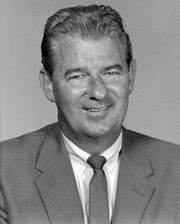
In his forward, Walter Patterson, Executive VP for The Knorr Broadcasting Group, had stated, “…we have lived in this market for so long we knew what everybody was doing, what they liked, and what they disliked. We knew, that is, until, after a cold impartial, three-month study of the market, we discovered that our feelings about the market were technically and practically unfounded.”
While the survey was centered primarily for WKNR and of its Detroit listenership (please read the WP foreword), it also included the listeners’ taste in how well they were receptive to each of the other eight radio stations which had spanned the AM dial at the time, respectively. Each given answer was accrued and tabulated, as finalized, through the numbers Pulse had polled for this WKNR study in December 1964 into January 1965.
As to where the station had stood in the ratings overall, by mid-1965, according to the Billboard trade publication dated July 17, 1965, WKNR was the most listened to radio station in the Detroit metropolitan area. Number one in the radio ratings at 44%. Still, as it was, when this survey was first conducted from December 1, 1964, through January 31, 1965, WKNR was on top in the battle for the Top 40 crown in the Motor City. The Pulse study was completed and finalized for WKNR in March, 1965.
You can now view the entire WKNR Pulse Study in its entirety, by clicking here. This study gives an insightful view in how effective the radio medium had become for the “radio time buyer” (the advertising sector) overall in general. It was based on the nine stations as polled, based on the nine stations’ own numerical ranking and based on the nine stations’ popularity overall during a given broadcast day when this Pulse was authorized by the Knorr Broadcasting Corporation and WKNR for 1965.
The bound manuscript is complete and is presented here in its entirety.
The report is 75 pages in length. In reviewing, again, this radio manuscript presentation is 1960s Motor City historic, inasmuch how Detroiters lived here in their city during the mid-decade. Spanning the radio dial 1964 and 1965, this was Detroit in time and place according to PULSE.
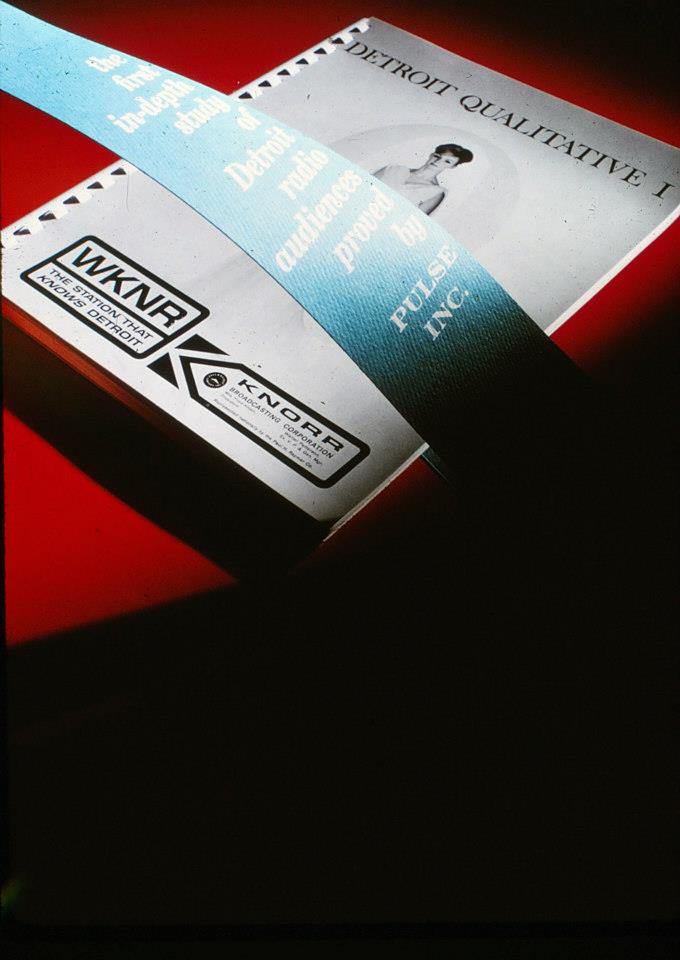
MCRFB ADDENDUM: Along with this particular manuscript, there are two photographs seen on the very last page, on page 75. Just who were these three lucky 1964 WKNR Beatles concert winners, faces without names, seen accompanied with Bob Green . . . and one wonders what had become of these three young ladies and, where are they today?
Nearly five-decades later, we are left to only speculate and wonder.
![]()
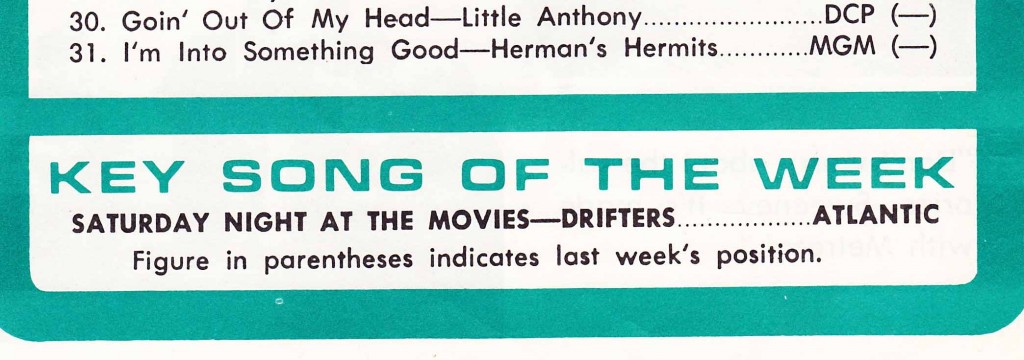
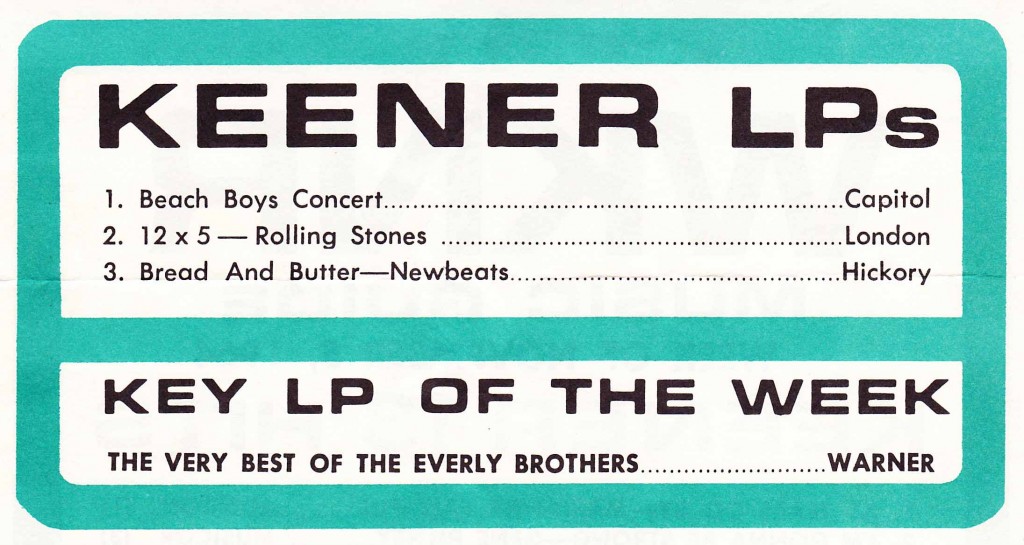
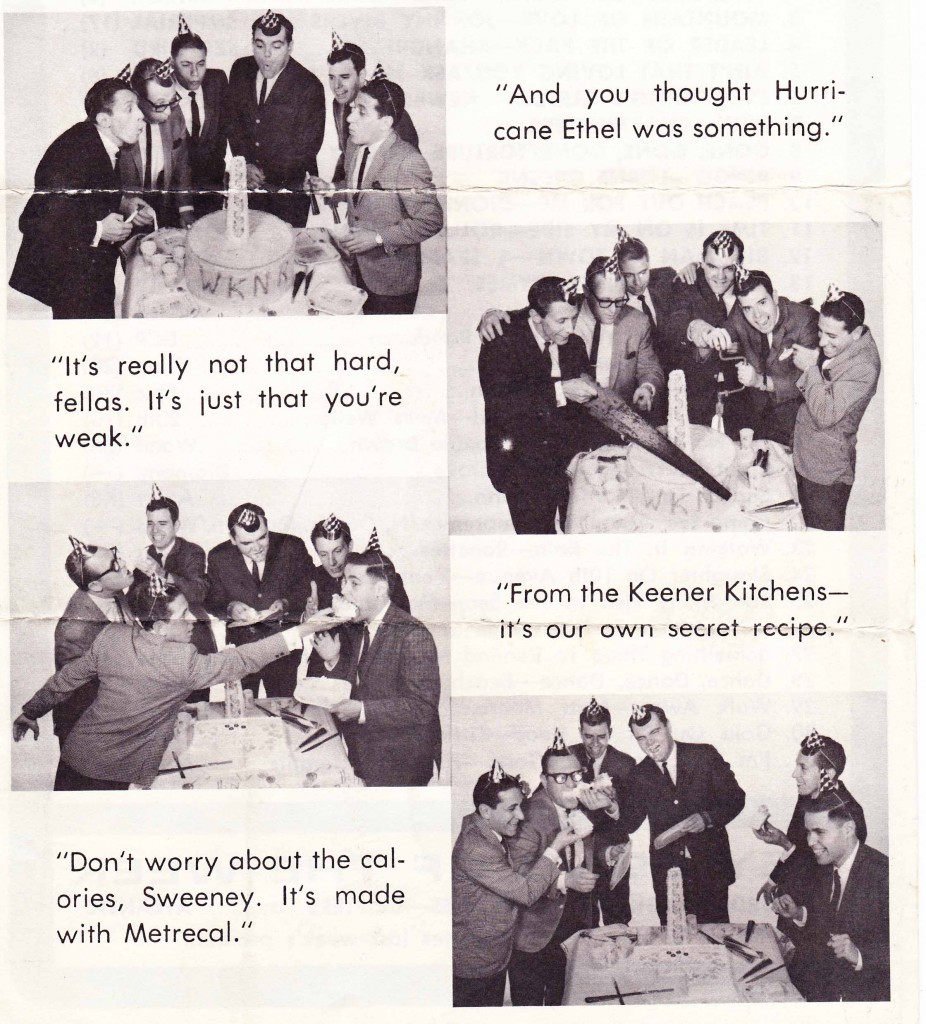 WKNR – Various Jocks – 1964.mp3
WKNR – Various Jocks – 1964.mp3
Special Thanks To Our Friend In Tucson, Arizona
Jim Heddle for these airchecks
![]()
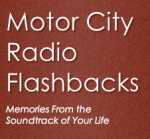 From the MCRFB desk of Jim Feliciano —
From the MCRFB desk of Jim Feliciano —
Does This Landmark Dearborn Building Deserve A Place In the State Historical Registry?

___
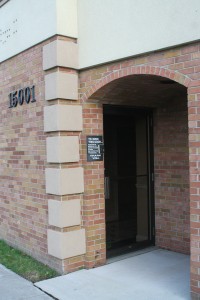
DEARBORN, November 7, 2012 — There are no signs. No overhangs. Just five large numbers on the front side, hanging left near the door’s arched entranceway. The address numbers read 15001. The building, near Greenfield, sits on Michigan Avenue. Today it sits empty.
In passing, if you don’t know anything about Detroit radio history (with the passing of many, many years since), it’s just a building. You’ll find no references. There are no markings anywhere that would reflect one time there was a legendary top 30 Detroit radio station, right here. Not even a hint nearly five decades having passed, the greatest success story ever in Detroit radio history — probably the greatest radio success story in all of the 1960s — had taken place within the walls and confines of this building.
But to many of us who can still remember, a glance at this building still evokes an aura and magic this building once held. WKNR. Keener 13. History. Here once there was a radio station, in good standing, who once served Detroit with quality broadcasting for nearly a decade. All from from this little brick and mortar Dearborn location.
Let’s turn a page back to Detroit radio history. It’s 1963. Here is the first Billboard article which made its first reference to WKNR, just seventeen days after it signed on.
___
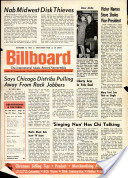
DETROIT — A four-way battle is shaping up in this market with the immediate changeover in programming at WKMH.
The Dearborn-based 5,000 watter has introduced a new set of calls, WKNR, several new airmen, and a radical switch from a soft sound in music to a “30 plus 1” format. Detroit will be one of the few markets where severe competition is taking place among three or more pop music stations.
The Knorr-owned outlet has been under the program doctoring of consultant Mike Joseph for many months. Soft standards have been the path for more than a year. WKMH (now WKNR) was once the major pop music outlet in the market. Today, a major new fight is developing with the new WKNR, RKO’s 50,000 watter, CKLW (which recently added Tom Clay in the late p.m. to help accentuate their positive pop sound), WJBK, Storer-owned swinger, and WXYZ, the ABC-owned pop rater in Detroit.
Mort Crowley (KHJ defector) broadcasts 5 to 9 a.m., followed by the Motor City’s famous Robin Seymour in the 9 to noon slot. Jim Sanders is handling the noon to 3 p.m. shift with Gary Stevens hosting the 3 to 7 p.m. segment. Bob Green goes up to midnight and Bill Phillips holds the fort all night long until 5 a.m. END
___
(Billboard Magazine, November 16, 1963)
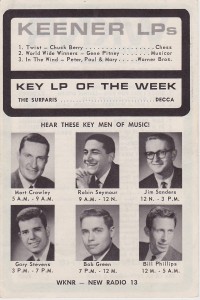
That’s how it began 49 years ago. The birth of a legend in the making back in 1963. The beginning of a phenomenon known as Keener radio. The rest is Detroit radio history. And to many of us Detroiters, this place is historic.
George Griggs, Scott Westerman, Greg Innis, and I for one, we believe this former Detroit radio landmark deserves its place. . . somewhere. Maybe with the Michigan registry for historical places? Would that be fitting? We can’t call that. But people should know something about the history which took place here.
When WKNR was sold the new owners immediately switched calls to WNIC in 1972. The station that would become “Detroit’s Nicest Rock” carried on many years of success on the FM band with it’s adult-oriented soft rock format. WNIC-FM went on to further extend its reign on Michigan Avenue well over three more decades. WNIC moved north to Farmington Hills, Michigan in 2006.
In closing, we don’t know what may, or may not, constitute States’ criteria for marker eligibility at the moment. But this much we do know. There sits an empty building in Dearborn today. The address reads 15001 Michigan Avenue.
Certainly this historic place deserves something better than that.
___
For more on the history on what took place inside this building, and everything there is to know about the legendary WKNR, see Scott Westerman’s premier WKNR retrospective Legend: The Keener Phenomenon at Keener13.com.
For two Keener 13 exhibits inside this website regarding the early-WKNR years in 1964 and 1966, respectively, go here and here. For more on WKNR on MCRFB, go to our extensive, categories archives added here.
Comments? Tell us what you think. You can post your comments clicking on the very last photo (WKNR Building 1965). We’d be delighted you sharing your comments there.
Below pictures of the former WKNR/WNIC AM FM studio building as it stands today. These photographs were taken Saturday, 4:30 – 5:00 p.m., November 3, 2012.

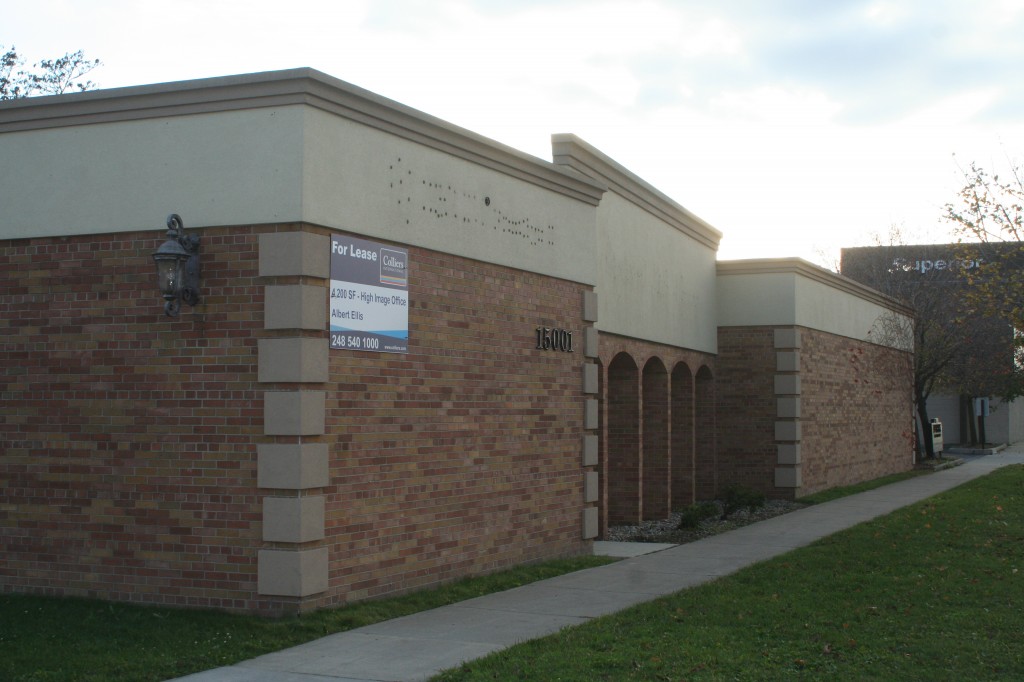
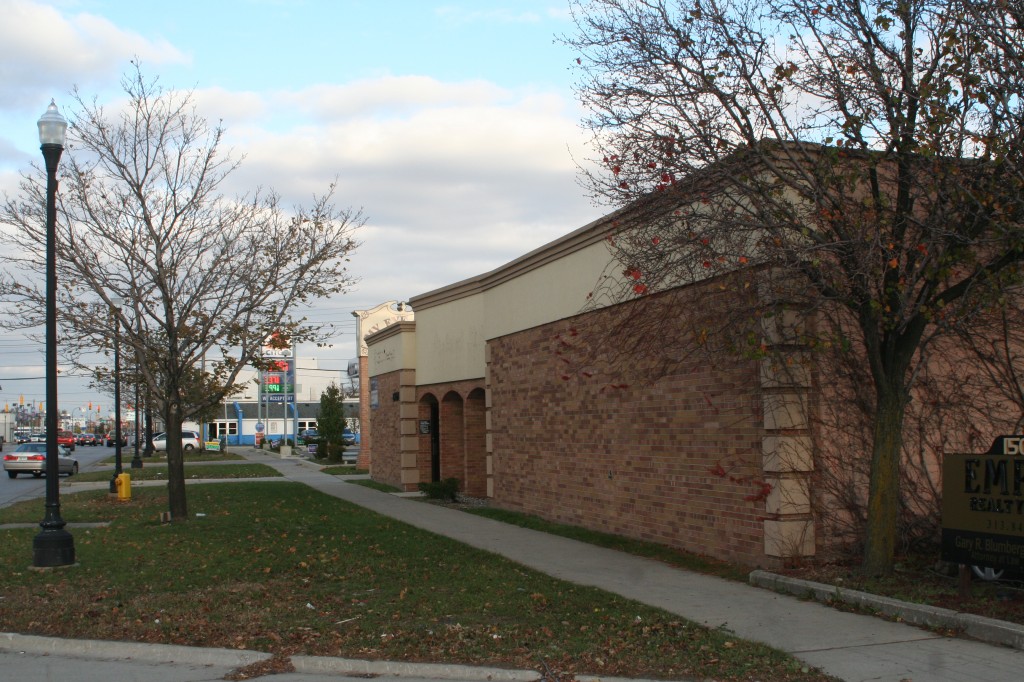
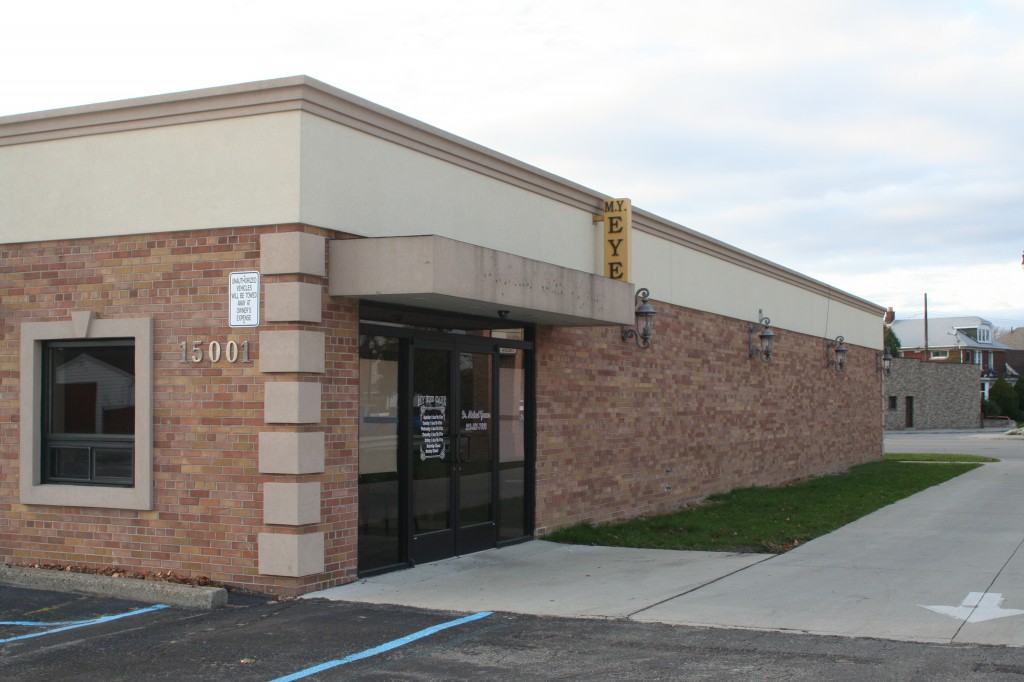
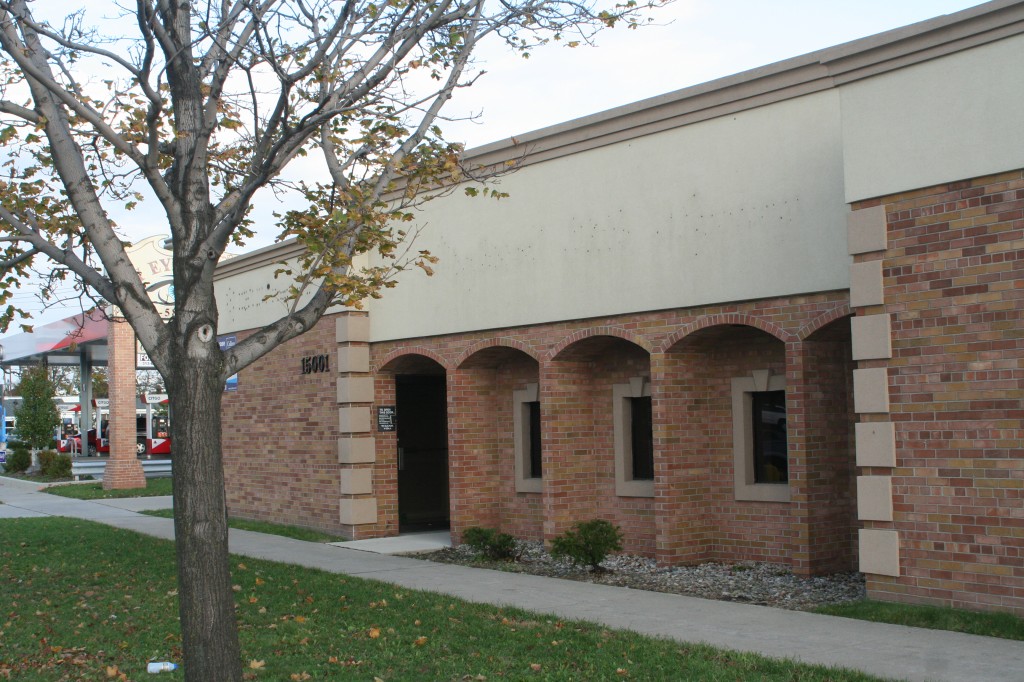
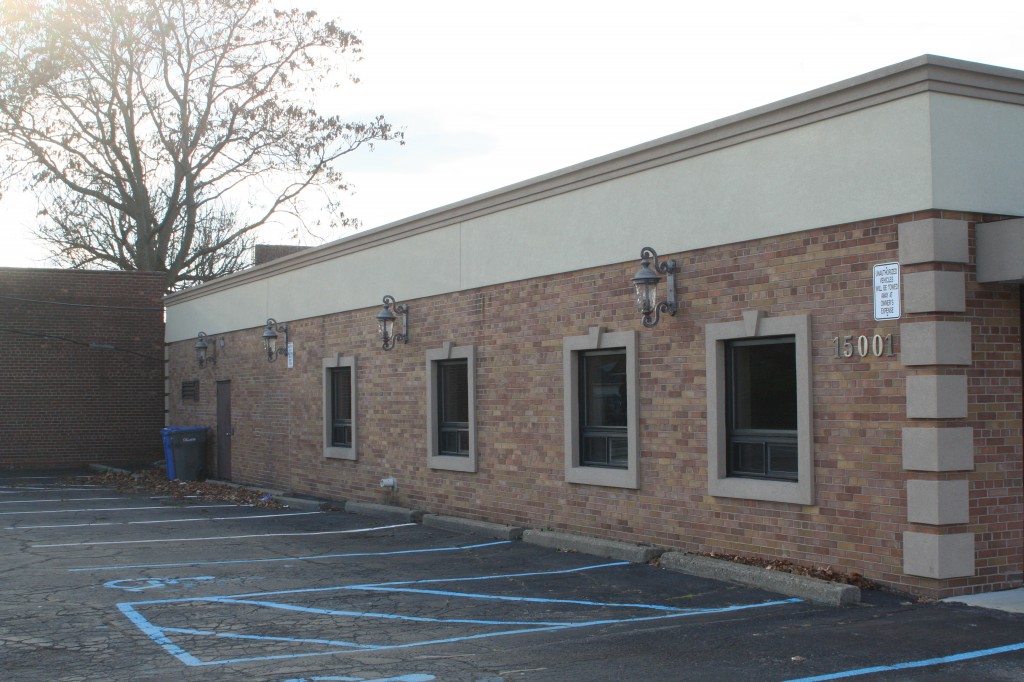


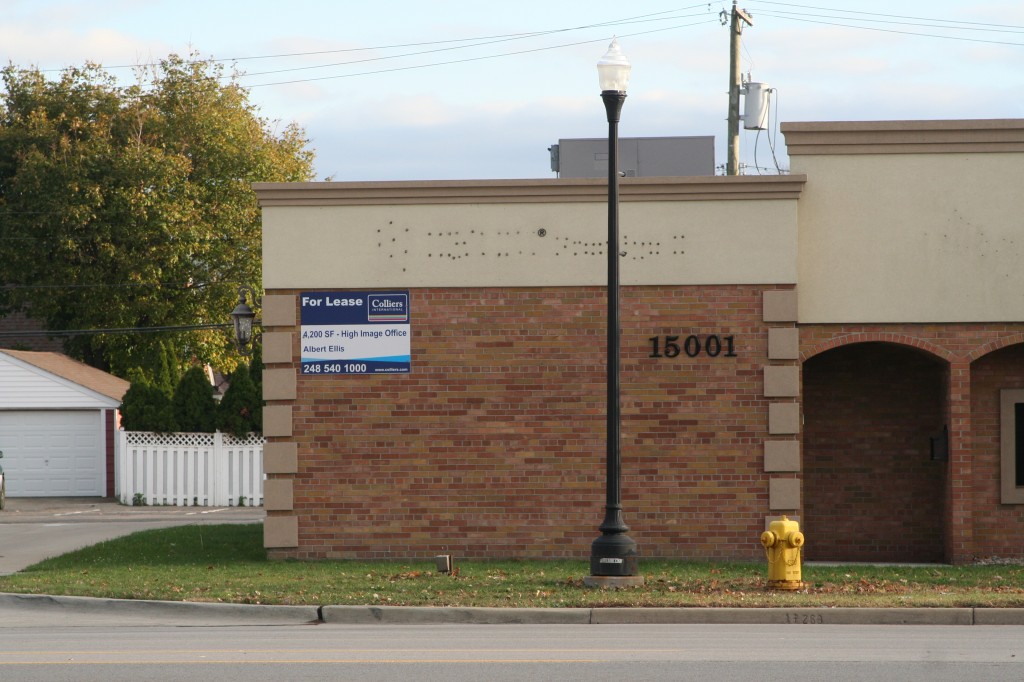
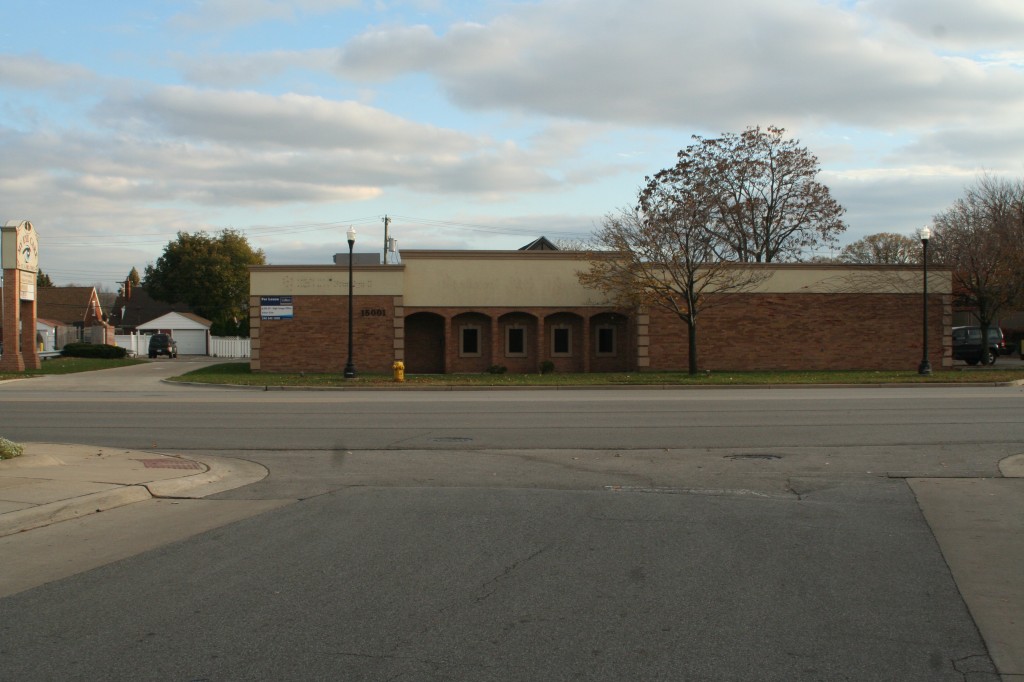
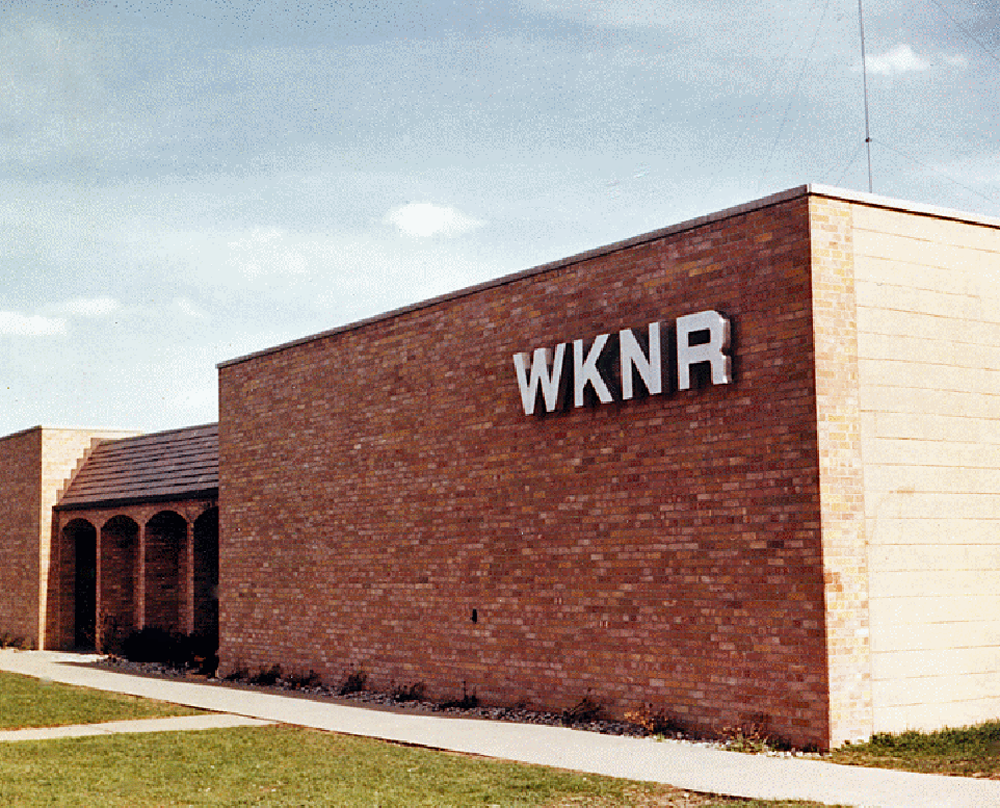

![]()
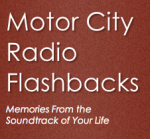 From the MCRFB NEWS archive: 1964
From the MCRFB NEWS archive: 1964
TIGHT PLAYLIST AND RATINGS RIDING WITH WLS CHICAGO, WKNR DETROIT AND WABC NEW YORK EARLY STAGE
From the Desk of Bill Gavin Billboard Contributing Editor
F O R T H E P A S T Y E A R O R S O , Top 40 station managers have been taking second looks at their playlists. More specifically, they’ve been asking themselves if the playlist should be shortened. Most of the answers have been, “Well — maybe — but let’s not change things until the experimenters have made out.” The experimenters, of course, were those few brave souls who chopped their playlist to fewer than 50 records.
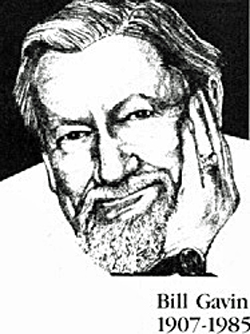 The record of the short playlist is good, but it is far from conclusive at this point. Let’s look at several cities in which the tight playlist have been tested.
The record of the short playlist is good, but it is far from conclusive at this point. Let’s look at several cities in which the tight playlist have been tested.
Cincinnati offers the most successful example of the tight list policy. For several years, WSAI has dominated this market, with a share of audience rating from 40 per cent to 60 per cent. Station policy has been to play nothing but to top 40, plus established national hits. Station WCIN, featuring mostly R&B records, has introduced much of the new material that sells in the area. Recently, station WCPO has adopted a progressive program policy which incorporates some of the strongest new material. Latest listeners surveys show WCPO’s position in that market to be improving, but not as yet a proved winner.

T H E S T O R Y O F W L S I N C H I C A G O is well known. With a tight playlist policy, introduced a couple of years ago, WLS made phenomenal rating gains and soon became the controlling influence in record sales in a wide area around Chicago. Even so, the WLS ratings are not clearly No. 1. Rating leadership is shared with WIND (and several other stations) whose policy is non-rock singles plus a few selected albums. The ABC ownership decided to give the same music policy a try in its New York station, WABC. After a false start or two, it began to produce substatial ratings gains, and is still doing well with a policy of trying to be very sure about every record added to the list. However, the amazing resurgence of WMCA has stolen most of the glory in New York. The station now heads the rating parade with a policy oriented toward being first to break the new hits.
In San Francisco last year, new ownership at KYA switched from a liberal policy (top 60 plus 30 or 40 more) to a conservative policy of top 30 plus from 10 to 20. Ratings nose-dived during the first few months, but the station has made a powerful gain recently and is generally second only to good music leader KSFO. Top 40 competition in the area has come from KEWB, a Crowell-Collier property, whose policy playing new material is considerably more liberal than KYA’s. As between KYA and KEWB, the former considerably spends more money in contests, prizes and promotions, which may have some bearing on ratings. The top advantage enjoyed by KYA is the ability to stimulate the sales of the records it plays, even though KEWB may have, and usually does, start the sales rolling in the market.
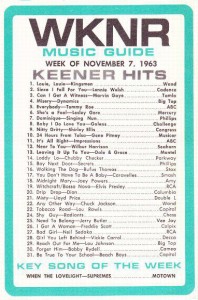
T H E M O S T R E C E N T S U C C E S S F U L convert to a tight playlist has been WKNR, in Dearborn, Michigan. Here the music policy is a top 30 plus 1. With the rapid rise and fall of hits in the Detroit market, there are about five or six new items on each week’s playlist, all but one of which had to be broken in the market by CKLW, WJBK, WXYZ or the R&B station, WJLB. Rating gains at WKNR has been phenomenal. Unofficial reports credit the station with the No. 1 position from 3 p.m. to 10 p.m. In spite of such a success story, conservative managers elsewhere are asking: Will it last? Is it the music policy? Or is it something else that they’re doing better at WKNR?
While there is as yet no compelling proof that the tight playlist is a winner, there is no denying the fact that it has produced certain rating advantages in most cities where it is being tried. The fact that that it has failed to achieve a No. 1 position like cities in New York, Chicago, Los Angeles and San Francisco indicates that it is not infallible.
Picking and breaking new hits is one of radio’s exciting adventures. It is at present an open question as to how important this activity may be in attracting listeners. Considerable prestige attaches to the station that is first with the hot new releases. One wonders, however, if much of that prestige is not limited to the professional world of radio and records, with very little luster being perceived by listeners.
Programming popular records is, I think, largely a question of finding the proper balance between the familiar and the new. It’s a question of how interested listeners are really in hearing new records, and how many new offerings they will accept.
Concentrated play of the top hits is a proved formula. The greater the variety, the greater the skill needed to bring home a winner. END
___
(Information and news source: Billboard; February 29, 1964)

![]()
You can now click on the WKNR Podcast on the
left side and hear them all.
Big Thanks To Scott Westerman.
![]()
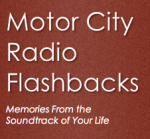 From the MCRFB NEWS archive: 1966
From the MCRFB NEWS archive: 1966
R&B MAKING DENT IN HOT 100 OUTLETS, INCLUDING KHJ LOS ANGELES, WKNR DETROIT, WMCA NEW YORK
NEW YORK — If anything dramatizes the vast popularity of R&B music today, it’s the increasing use of R&B records for programming by the nation’s Hot 100 format stations. The estimates of R&B play on pop rock ‘n’ roll stations range anywhere from between 10-15 percent in Denver to “close to 50 per cent” in Miami.
WSGN, in Birmingham, has a playlist featuring 30-40 per cent R&B oriented records,, said music director Dave Roddy. Dutch Holland, music director of WFUN in Miami, who considers the Supremes as R&B artists, says WFUN’s programming is close to 50 per cent R&B oriented records because “these records seems to be what’s happening at this time.” The Miami market has two R&B stations that influence the popularity of these records.
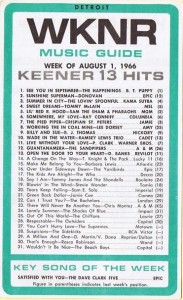
WKNR in Detroit has six or seven records on its top 31 playlist that are R&B in nature, said deejay Scott Regen. This was considered a fairly representative week’s playlist. However, WKNR and most Hot 100 stations across the nation consider such artists as the Supremes as pop artists; they’re no longer strictly R&B artists, they say because their sales are mostly in the pop field. So stations such as KHJ in Los Angeles, the No. 1 Hot 100 format station there, may be playing more R&B oriented records than the 15 per cent now estimated. Program director Ron Jacobs said he felt that the popularity of R&B music is growing.
KIMN in Denver is playing 10-15 per cent in R&B oriented records and program director Ted Adkins said this represents an unusual display of the popularity of the music as only about 5 per cent of the population in Denver is Negro. Even some of the monster hits in the R&B field in previous years never got off the ground in Denver, he said. But this year thus far, in 1966, has seen more R&B oriented records happening in Denver than ever before.
WMCA, New York, had a playlist last week on which about 20 per cent of the tunes were R&B oriented. END
___
(Information and news source: Billboard; August 13, 1966)
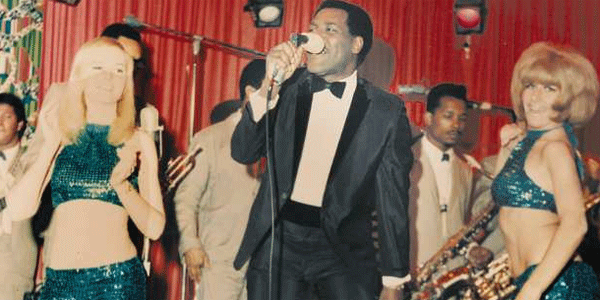
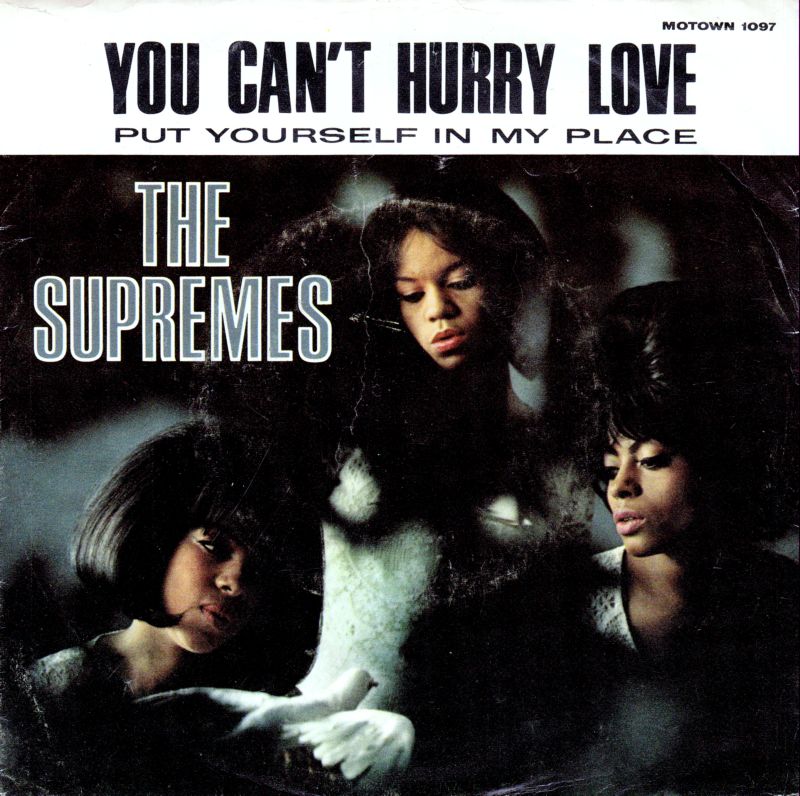

![]()